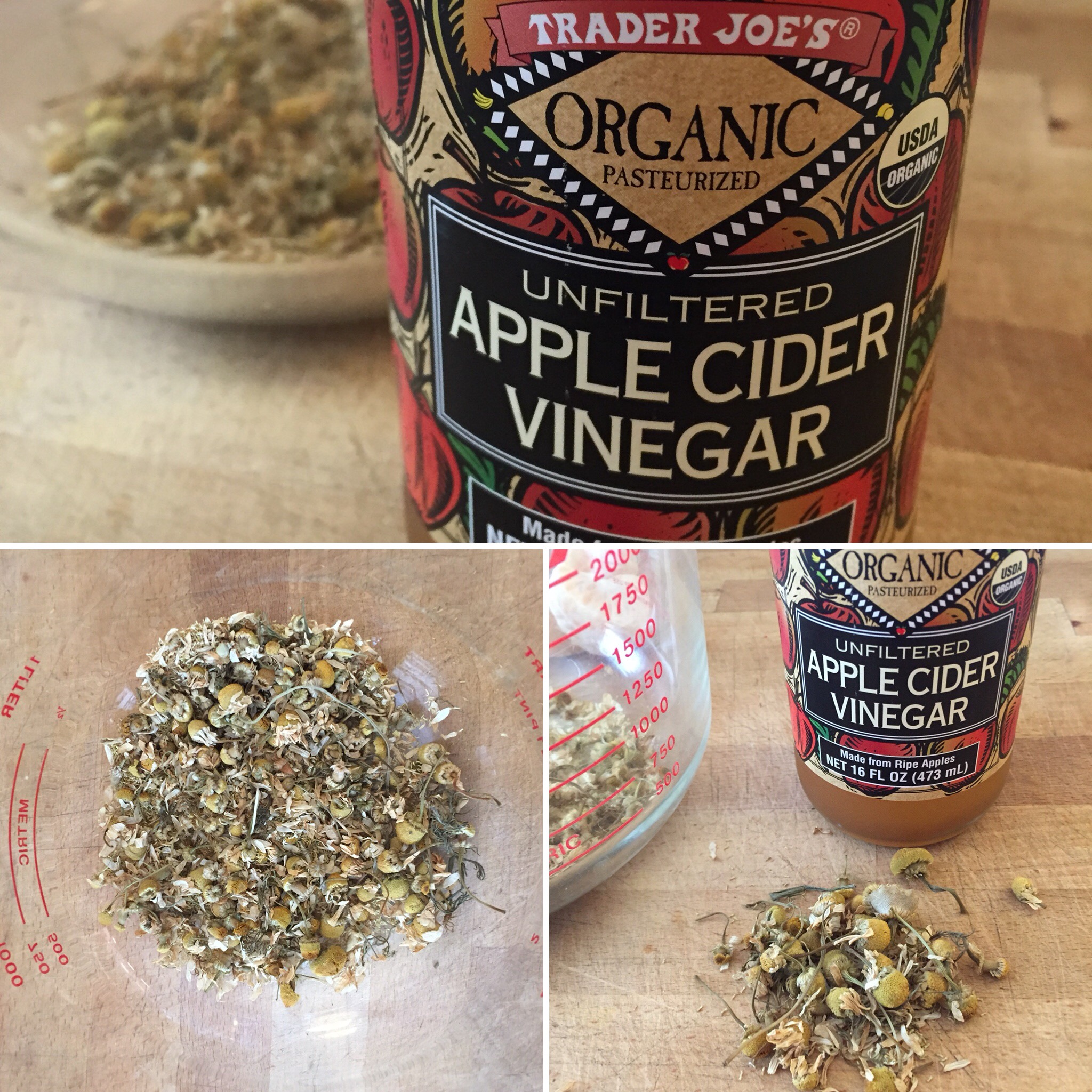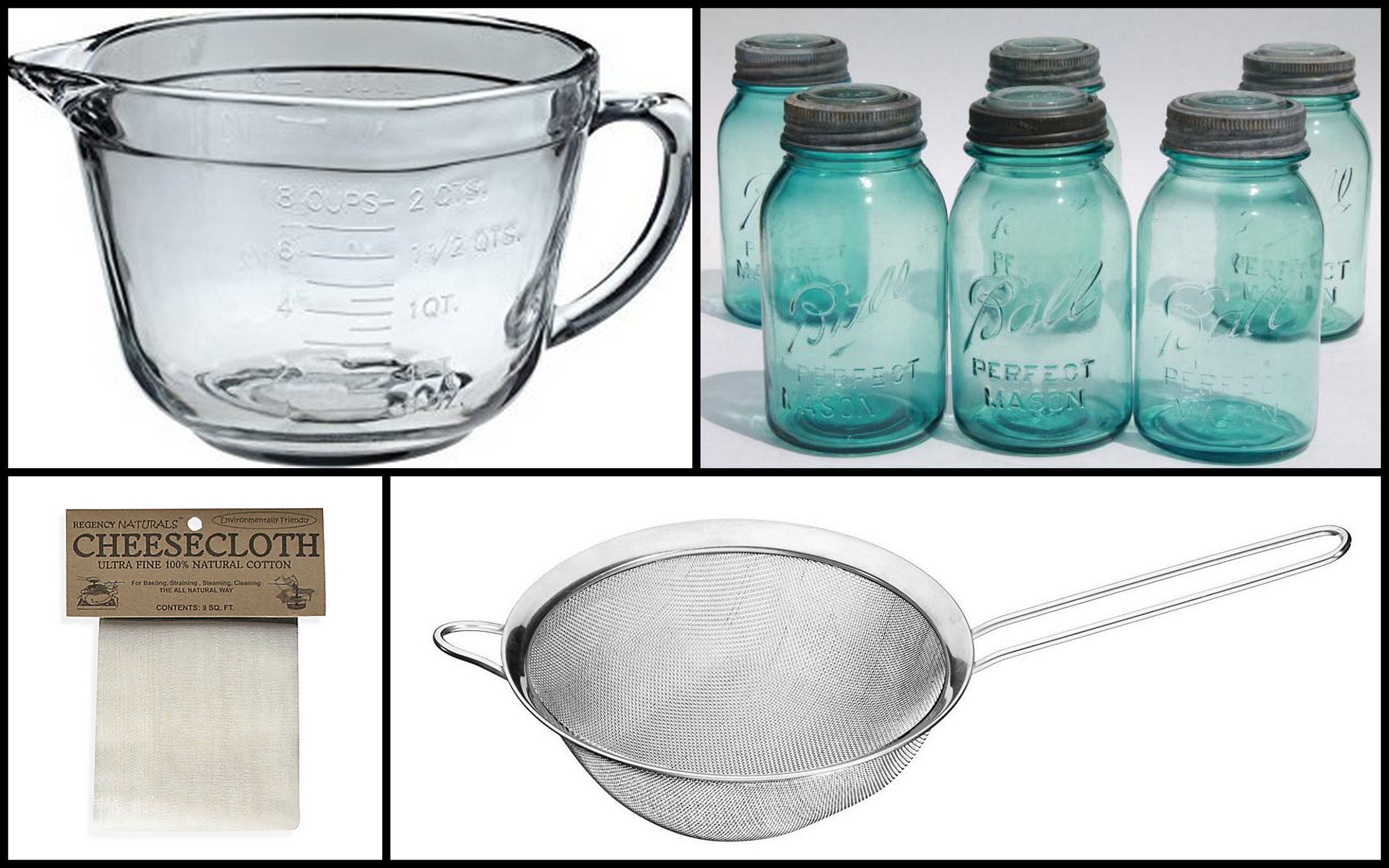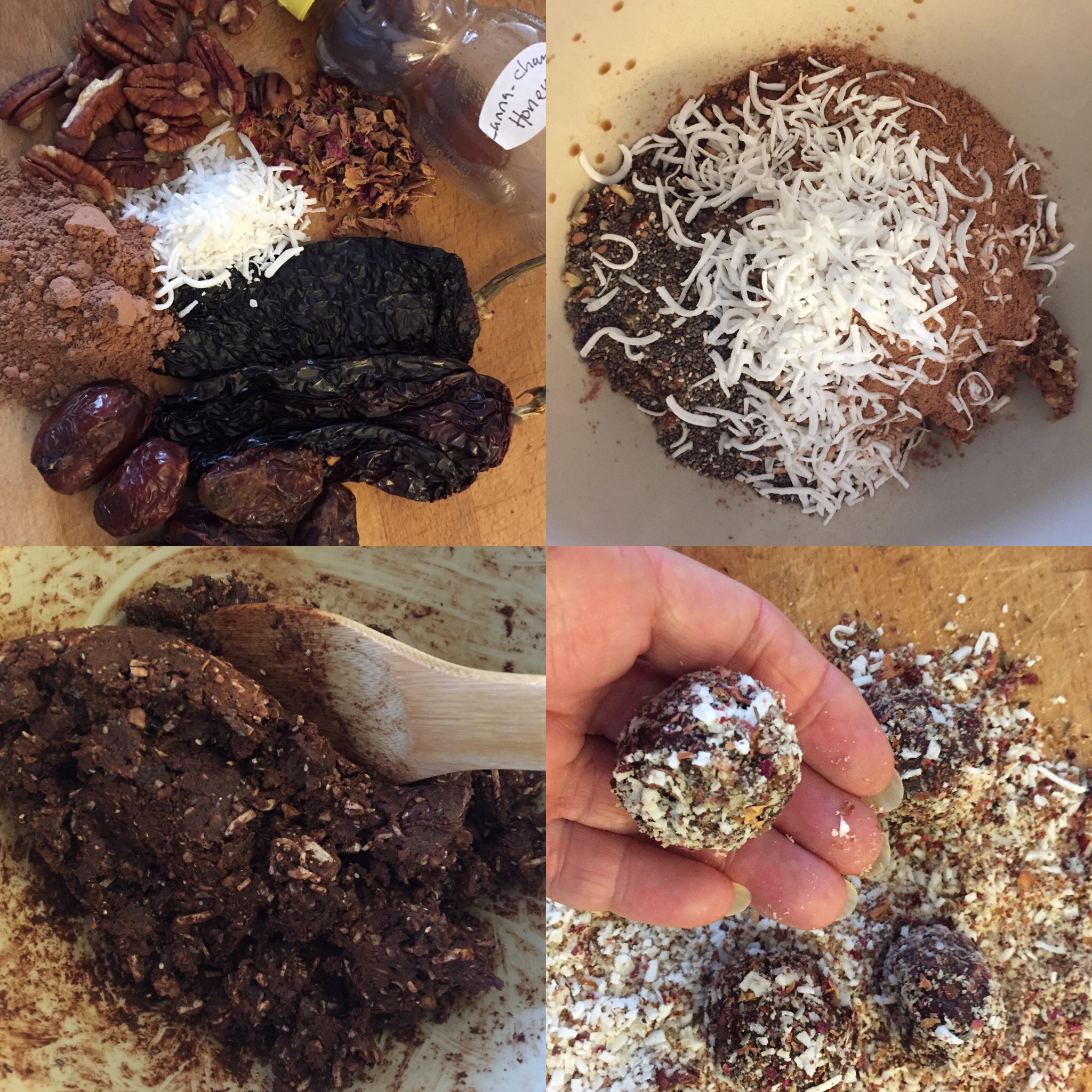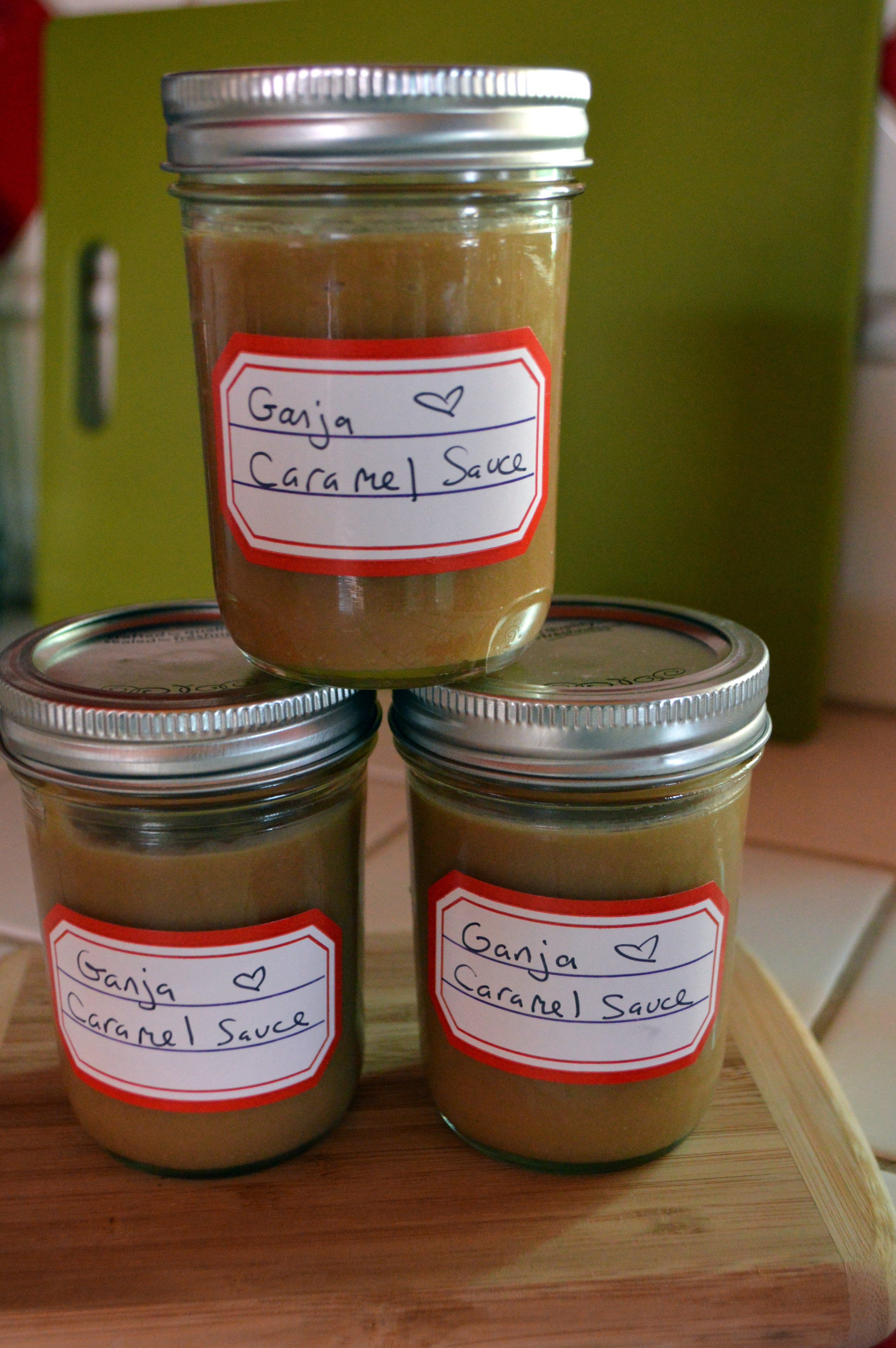Photo: Sharon Letts (available on Art America)
“When they told us to eat our fruits and vegetables, they should have scared the shit out of us. They should have told us it was a matter of life and death, because it is.”
Vintage Medicine
There were more than 250 remedies available with cannabis in the mix up until the late 1930s.
Apothecary, the practice of formulating plant-based concentrates as remedy, is what most of the pharmaceutical companies we know today were founded on.
“The medicinal properties of beneficial plants are found within the scent or fragrance of a plant, called terpenes. Plants have scents because we have noses. It’s a symbiotic relationship. These beneficial plants are found readily all over the world, because humans everywhere need them.”
Apothecary is the age-old practice of making remedies from plants.
If you know your way around the kitchen, you can make a plant-based concentrate. Most remedies are a matter of steeping, soaking, simmering, or cooking down an alcohol base - likened to a reduction, in culinary terms.
I always have something steeping in the cupboard, in the sun, on the stove; or brewing in one of my medicine-making-machines.
When practicing kitchen apothecary, a rice cooker becomes an alcohol reduction unit; a crock pot is just another way to steep the essential oils from a beneficial plant into a medicinal base.
THC vs. THCA
You don't have to get high to heal with cannabis.
THCA is the compound THC, prior to heat activating its psychoactive properties. The benefits are still in there, with or without the high.
Tincture
Alcohol is a traditional base for tinctures, but you can also use apple cider vinegar (ACV) or a light oil in a cold steep, with no psychoactive properties.
Basic Recipe: Add 1/4 c. ground plant material to 1 liter of alcohol, oil or ACV; steep in cool cupboard up to one week; shake occasionally; strain and decant into bottles with droppers, or take by teaspoon as tonic. Cold process does not activate THC.
Sharon's Favorite Cinnamon-Orange Tincture
Non-psychoactive, cold steep method, THCA
1 liter bottle sugar cane liquor
Strips of orange peel from one orange
1/4 c. ground cannabis (whole plant)
1 stick of cinnamon
NOTES: Can use orange liquor and omit orange peel; or can add a few strips of peel to orange liquor.
Cinnamon lowers blood sugar.
ACV & CHAMO
For those who can’t do alcohol, ACV is a great option.
Apple Cider Vinegar is an age-old remedy, good for digestive issues and more.
Add a 1/4 cup of chamomile flower to one bottle of ACV, let steep in a cupboard for up to one week, then strain.
Dosing: one T. per half cup of juice, daily
See page on chamomile for more info.
Tonic
If you must partake of a cocktail or two, infusing flavorful herbs and spices to alcohol can minimize the negative effects of the alcohol; i.e. inflammation/infection = hangovers
“THC, or tetrahydrocannabinol, is activated by heat. There are no psychoactive properties to speak of by using a cold-steep method.”
Cold Steep Recipe:
Same process as with tinctures, add 1/4 cup ground plant material to base liquor, steep for up to one week, strain, decant.
No psychoactive properties in a cold steep, THCA active compound (THC is only activated by heat).
Ganja Spiced Rum
1 liter dark rum
1/4 c. ground cannabis
1 whole cinnamon stick; 5-6 cardamom pods
4-5 whole star anise; 4-5 whole cloves
1t. ground black pepper
1 t. vanilla
Shown here with coke & lemon on the rocks.
Calming
Chamo Nightcap
1 liter vodka; 1/4 c. whole chamomile flower;
Citrus zest (orange, lemon, lime, grapefruit)
Ganja Grapefruit Cocktail:
1 shot vodka; Juice from one grapefruit
Fill with sparkling water or grapefruit soda
Serve with a lime wedge, over ice.
Note: Can also be infused w/cannabis, or half cannabis/half chamomile (as shown).
Ganja Honey
Honey infused with cannabis is a good dose on its one by the teaspoon, or can be added to nightly tea for a good night's sleep.
Made with chamomile, it's a good supplement for kids, calming for the whole family. See Chamomile page for its many benefits.
Made with a heated process, the THC is activated, and is psychoactive.
1 liter honey
1/4 cup ground cannabis (or chamomile, or half cannabis/half chamomile)
optional: 1 stick cinnamon (cinnamon lowers blood sugars)
Crock Pot Method:
Add all ingredients to crock pot;
Steep on low approximately 3-4 hours;
Stirring often, keeping mixture from burning, as crock pots heat levels vary. If it gets too hot, turn it off, let cool-down, and start again. If your crock pot has a warm setting, that's better, but stirring is still recommended. Option: Use a rice cooker on the warm setting.
Strain with a cheesecloth (or use a loose cheese cloth bundle to steep - shown in photo above)
Dosing: 1/4 to 1/2 teaspoon to mug of tea. If using cannabis, start low, go slow.
Ganja Chai
The remaining plant material and honey from the recipe above makes a great tea.
Waste not, want not!
Ganga Chai
Add the strained honey and plant material from infused honey recipe to six cups of water in a large pot.
Add:
2 whole cinnamon sticks
10-15 whole cloves
10-15 cardamom pods
1 T. vanilla
5 black or green tea bags
Cover and bring to boil, then let simmer for 30 minutes
Strain and enjoy on its own or add a little milk
Note: Since this is a secondary soak for the plant material, it will not be as strong, or as highly activated with THC. But it is a nice additional daily dose, and a good use of the leftovers, which still have beneficial material.
Majoon
Blend in food processor (or chop):
4 c. dates, pits removed
3 lg. dried sweet chilies
1 c. Pecans
1/2 c. Cocoa powder
1/2 c. Cannabis infused honey
1 t. rose oil
Shape into balls & roll into: 1/4 c. each almond flour, coconut & rose petals
White Chocolate Pretzles
1.5 c. of white melting chocolate
1/2 c. cannabis infused butter or coconut oil
Melt until smooth, dip pretzles, cookies, fruit…
Let set 30 minutes to harden.
Ganja Caramel Sauce
1 c. packed brown sugar
1/2 c. half-and-half or heavy cream
4 T. infused cannabis butter
Pinch salt
1 T vanilla extract
Option: Add two squares semi-sweet chocolate for chocolate-caramel sauce
Mix the brown sugar, cream, butter and salt in a saucepan over medium-low heat.
Cook while whisking gently for 5 to 7 minutes, until it gets thicker.
Add the vanilla and cook another minute to thicken further.
Turn off the heat, cool slightly and pour the sauce into a jar. Refrigerate until cold.
Note: For a micro-dose version, half the butter to two tablespoons infused butter and two tablespoons plain butter.
Simple Salve
Check List: Strainer, lables, jars, crock pot, bowl w/pour spout, coconut oil (solid), cheese cloth or a sheet cut in squares.
“Always label your infused products, noting any psychoactive properties. Keep all products up and away from pets and children.”
Coconut Salve
This base of coconut solid salve can be used topically on its own for pain, infection, bug bites, cuts and bruises.
A simple coconut base can be mixed in skin lotions; and used in cooking and baking, replacing butter or oil. Note: high in fat
Dogs love to eat this coconut mix right off your finger, making it easy to dose them.
Crock Pot Method:
1 c. ground cannabis flower, stems, leaf;
4 c. or more of coconut solid (equivalencies depends on desired strength).
Add all ingredients to crock pot
Simmer on low heat for 3-4 hours, stirring often to insure it won't burn.
OR… I use a Magical Butter Machine to infuse oil, butter, and numerous other infusions. For this recipe in the machine you use 1/2 oz. flower, 2-5 cups coconut oil (depending on strength),
Cannabis Coconut Suppositories
Made with simple salve recipe and reusable molds. Stronger remedy can be made using alcohol reduction recipe below and adding coconut.
There is no head high when using THC activated suppositories, as the delivery bypasses the liver.
Chamomile Coconut Solid
I use it topically on its own; cook with it as butter; and add it to lotions. It’s a versatile basic salve.
Cooking Oils
Infusing cooking oils adds another delivery to your daily dose. shown here is olive oil, used in a fresh herb dip.
Recipe:
1/4 cup ground cannabis (other herbs can be added as desired. I like to mix cannabis with oregano, rosemary… skies the limit.)
One liter of olive oil
(can use any oil… I’ve infused sunflower, grape seed, and sesame seed oil with many combinations of herbs)
Simmer in crock pot for 2-3 hours, stirring often, or use a Magical Butter Machine, if you have one.
Photo: Sharon Letts
Fresh Herb Dipping Sauce
Fill mason jar with chopped fresh herbs: oregano, basil, thyme, parsley;
One head of chopped garlic
Two parts cannabis infused olive oil; one part red wine vinegar.
Sea salt & group black pepper, to taste
Juice of one lemon, 2-3 strips of lemon zest
Steep in glass jar until ready to use. Keep refrigerated. Serve at room temperature
“Juicing the leaf of cannabis is the best way to get the full spectrum of beneficial compounds from the plant, with no head high.”
Juicing Leaf
Cannabis leaf, juiced and frozen in ice cubes for future use. The fresh leaf will also keep in a crisper bin in the refrigerator for several weeks before rinsing. Adding water will cause it to rot.
Photo: Sharon Letts
“Only the fan leaves are needed to juice; it does not matter what stage of growth. Diseases such as Multiple Sclerosis and Lupus have been documented as being put into remission, by juicing the leaf of the plant.”
One handful...
...of leaf in your favorite fruit smoothie is a powerful remedy and preventive against inflammation and subsequent pain; infection, digestive issues, and more, with no psychoactive properties.
Favorite Smoothie: One banana, 1/4 cup berries, one cup of aloe vera juice (lowers blood sugars), handful of fresh leaves.
Be creative, skies the limit - drink the rainbow!
Photo: Sharon Letts
Note: There are many juicing machines to choose from. Be mindful of any machines that may heat up in the process, as this will cause the THC to be activated and the juice to be psychoactive.
Making Concentrated Oil from Plants
The following recipe is an alcohol reduction, which leaves only the essential oils of the plant in a strong concentrate.
“Beside a hot water infusion, alcohol extraction is the oldest method we know of for making concentrates out of beneficial plants.”
Chamomile Concentrate
Shown here, using 96 percent alcohol, available in Mexico. Other options are Everclear, moonshine, or Isopropyl alcohol - just make sure you cook all the alcohol down.
Short soak, strain, cook down in a rice cooker, using the warm setting, with the lid open, by a window for ventilation. Alcohol is flammable. Use caution.
One liter alcohol per four cups of plant material will cook down in about three to four hours.
Photos: Sharon Letts
Cannabis Concentrate
Shown here using Everclear grain alcohol at 150 proof. Check your state laws for availability. Do not use drinking alcohol, as it has too much water. Moonshine and Isopropyl alcohol works, but you must make sure all the alcohol is cooked off.
Note: This mix is very green, as there was more trim with leaves than bud, presenting with more chlorophyll, causing the bright green color and a weaker final product.
Photos: Sharon Letts
Step-by-Step
1. Alcohol reduction begins with a high-alcohol content - otherwise, you will have water in the final product. Options are Everclean (150 proof), moonshine, or isopropyl alcohol. In Mexico an excellent 96 percent (not proof) alcohol is available.
2. Fill a glass container with plant material (whole chamomile flower, moringa leaf, ground cannabis - or a combination of plants for a desired effect). I use an eight cup pour-able glass measuring bowl with a handle, and typically fill with four cups of plant material. One liter of alcohol covers four cups.
3. Cover plant material with alcohol and let sit. I you only have one ounce of material, just cover with alcohol, and follow the same instructions. Four cups of plant material takes about 3.5 hours to cook down.
Note: I do a short steep, less than 15 minutes, as the essential terpenes come off quickly. Any longer and you'll get chlorophyll causing it will to be greener, lessening the strength of the beneficial compounds needed. This was shown to me from tests in a laboratory. Long steep, 47 percent activated THC; short steep, upwards of 90 percent activated THC - what's needed to kill cancer cells.
4. Strain and pour into rice cooker, set to WARM, keep lid open and cook by an open window (alcohol is flammable, follow these directions exactly. Be safe. Do not cook over a flame on the stove top. You can get a rice cooker at a thrift shop for about $10)
5. Keep an eye on it. If you must leave, unplug, then start it up again. When it gets to less than two cups, transfer into a silicon mold in the bottom of the rice cooker to finish. The product will be sticky, with less waste remaining with the silicon, and easy clean-up.
6. When all alcohol is reduced, add one of two tablespoons of coconut and scrape sides to mix. If you do not cook all the alcohol off, it will melt the caps.
7. Uptake oil with a syringe and fill capsules or suppositories, using molds.
8. Keep in refrigerator. Use while fresh, though they will keep for some weeks.
Oil Hack
Place a silicone pan in the bottom of the rice cooker to finish off remaining oil, as it will be extremely sticky, and this makes it easy to clean - and you won’t lose so much precious oil.
I start with about four cups of liquid and cook it down to less than two cups, then transfer into a glass measuring cup, wipe down the rice cooker insert, insert the silicone pan, then pour liquid back in for remaining reduction.
I’ve only been able to find this silicone cake pan - if you can find a deeper one, you won’t have to do the transfer.
Filling Capsules
1. After thinning with coconut oil, (I add two T. per final product from four cups of material and one liter of alcohol. Use syringe or capsule filler to fill capsules to desired amount.
2. Syringes or capsules can be used as suppositories, or you can get suppository molds (see below).
Note: The alcohol must be cooked down, with oil slightly cooled or the caps will melt.
Notes: The amount of coconut added depends on the strength of remedy desired. I add approximately two tablespoons of coconut to final product, from initial four cups of plant material per one liter of alcohol.
Color will change as coconut solid solidifies. Color of oil should be golden brown.
Capsule Makers
Using a capsule maker allows you to fill many caps at a time.
Pills & Suppositories
This capsule holder allows you to fill up to 100 capsules (size 00). Note, reusable suppository mold above.
When I use four cups of plant material and one liter of alcohol I get about 80 to 90 caps, depending on the amount of terpenes/oil made. Less the terpenes, less essential oil produced.


























